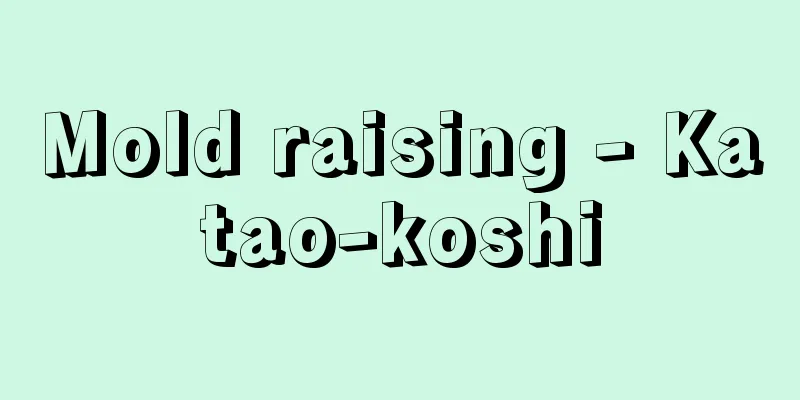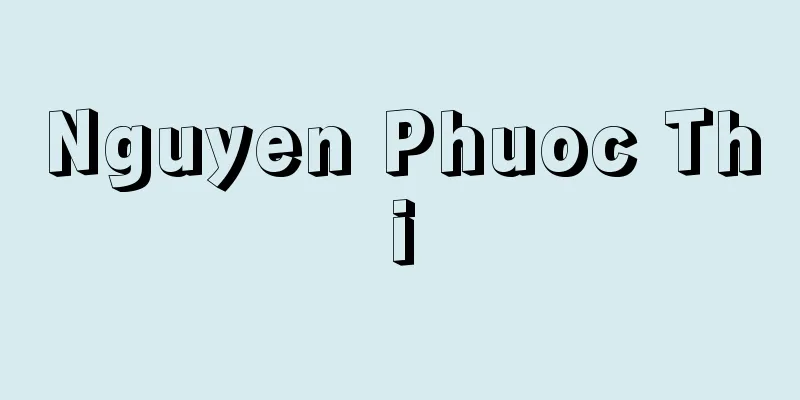Conjugation ending - Katsuyogobi

|
In Japanese grammar, the part at the end of a verb that changes form when conjugated. For example, the "mu" in "yomi" (to read) (changes to "ma, mi, mu, me") and the "i" in "samai" (cold) (changes to "ku, i, kere") are examples. Source: About Shogakukan Digital Daijisen Information | Legend |
|
国文法において、用言の語尾で、活用の際に語形変化をする部分。動詞では、「読む」の「む」(「ま・み・む・め」などと変化)、形容詞では、「寒い」の「い」(「く・い・けれ」などと変化)などの類。
出典 小学館デジタル大辞泉について 情報 | 凡例 |
>>: Conjugated form - Katsuyoukei
Recommend
Atlas Coelestis (English spelling)
...Beyer's atlas, published in 1603, was the ...
Chronicles of the Koyo Army
It is a branch of storytelling, puppet theater, an...
Six feet - Rokushaku
Abbreviation of Rokushaku fundoshi. A loincloth t...
Echizen Plain
Please see the "Fukui Plain" page. Sour...
Mikisaburo Rai - Mikisaburo Rai
A patriot of the Sonnjo (revere the expulsion of ...
Kansai Labor Union - Kansai Labor Union
…This struggle began in the latter half of 1920, ...
Crested screamer
A bird of the Anseriformes class, family Pycnonot...
Aphelandra squarrosa (English spelling) Aphelandrasquarrosa
… [Takabayashi Masatoshi]. … *Some of the termino...
Tushratta
...The background to the growth of their power is...
Oistrakh, ID (English) OistrakhID
…A Soviet violinist and one of the most famous pe...
Sex Pistols
… [From punk to new wave] It was poor boys who vo...
Coffin
It is a container for placing a buried body, and ...
Karakuri Iga Seven - Karakuri Iga Seven
...In the field of medicine, Hara Nanyo and Honma...
Garlic (Hul) - Garlic (English spelling)
A perennial plant of the lily family (illustration...
Al‐Azhar
It consists of an old mosque (established in 970) ...









